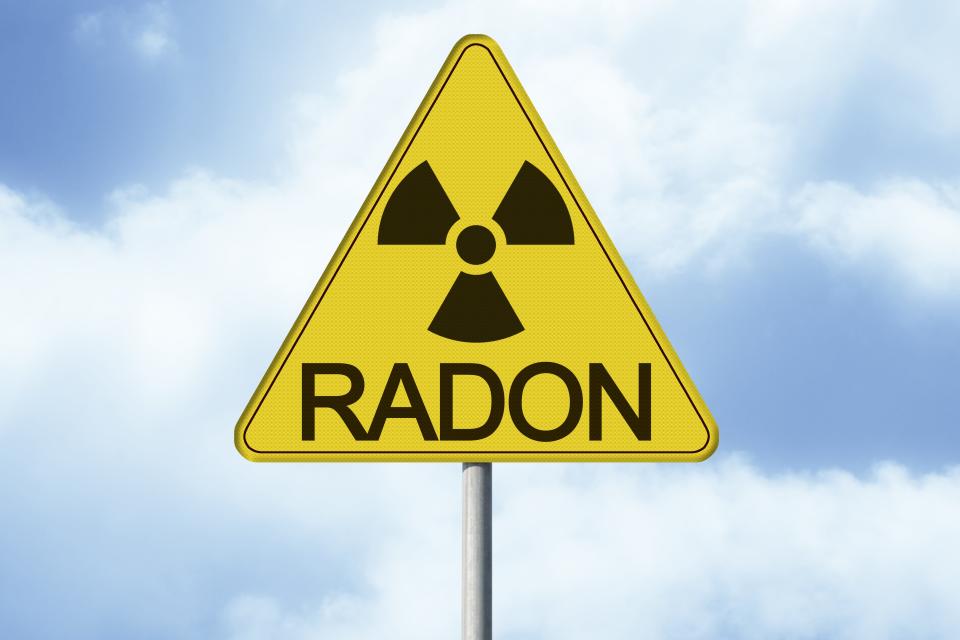Do you have radon in your NY home? How much it costs to test, reduce levels of harmful gas
Do you have radon in your home? Unless you test for the harmful gas, it's impossible to know.
According to a recent study completed by the American Lung Association, 13.9% of radon test results in New York were at or above the action level recommended by the Environmental Protection Agency, ranking it 15th in the country.
Here's how to test for radon and what steps you should take if it's found in your home.
What is radon?
Radon is a radioactive gas that is odorless, tasteless and colorless. It is the leading cause of lung cancer in people who have never smoked and accounts for about 21,000 lung cancer deaths annually, according to the American Lung Association.
The only way to know if your home has high radon levels is to test it, the New York State Department of Health (NYSDOH) said. It enters buildings through cracks in the foundation, walls and joints as well as exposed soil, loose fitting pipes and water.

And the greatest risk for exposure is where you spend most of your time, which, typically, is inside your home.
When you should test your home for radon
The state DOH recommends testing for radon every five years and in these specific instances:
Every two years if you have a radon mitigation system to ensure it's working properly
When you are buying a home
After any major renovations
Within 30 days of installing a radon mitigation system
Got wind damage in NY?: You may want to hold off on filing an insurance claim. Here's why
How to test for radon in your home
Radon test kits are available from the NYSDOH for $12.25 each. The cost includes the testing device, laboratory analysis and postage.
To request a radon test kit order form, email radon@health.ny.gov.
It is important your home is sealed up and all doors and windows leading outside are closed for 24 hours before and during the entire testing period to ensure an accurate test, the NYSDOH says. However, you can leave and re-enter your home during the test.
State of the State Address: 5 takeaways from Hochul's 2024 agenda
What to do if you have high radon levels in your home
If your home's test results show radon levels of 4 picocuries per liter of air (pCi/L) or higher, the NYSDOH recommends you take steps to mitigate the issue. You also may want to consider fixing it if your levels are between 2 and 4 pCi/L.
If your home has elevated levels of radon, the state says to contact a certified radon mitigator to help figure out your next steps.
Radon levels in most homes can be reduced to 2 pCi/L or below. Radon reduction systems can reduce radon levels by up to 99% and cost around $1,500 on average.
Emily Barnes is the New York State Team consumer advocate reporter for the USA TODAY Network. Contact Barnes at ebarnes@gannett.com or on Twitter @byemilybarnes.
This article originally appeared on Rochester Democrat and Chronicle: Radon levels: How to get a radon test kit for your NY home

